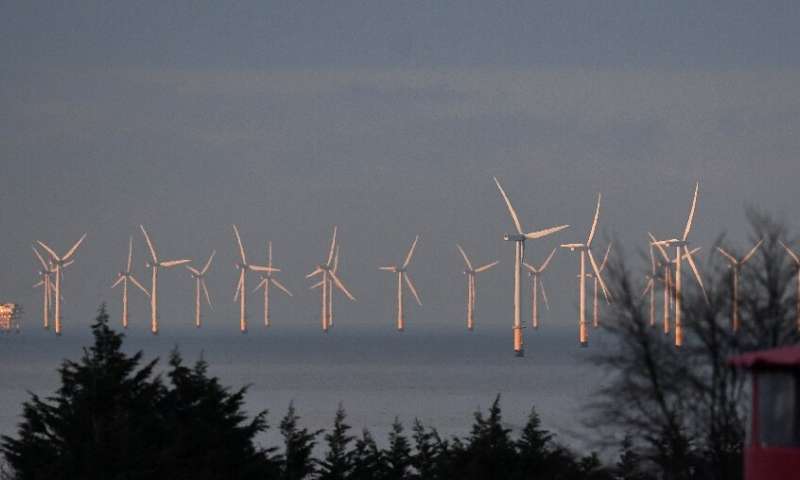A ZIONIST SPY (A REAL TRAITOR) IS TREATED BETTER THAN WHISTLEBLOWERS;

Israeli activists call for the release of U.S. spy Jonathan Pollard from prison outside a hotel in Jerusalem where then-U.S. Secretary of State John Kerry was staying, on January 2, 2014.
Dec. 30 (UPI) -- Former Navy intelligence analyst Jonathan Pollard, who stole and sold top secret U.S. documents to Israel in the 1980s, arrived to a warm welcome in Israel on Wednesday, weeks after parole restrictions that barred him from traveling abroad were lifted by the Trump administration.
Pollard, 66, was greeted by Israeli Prime Minister Benjamin Netanyahu and other top officials after a private jet carrying he and wife Esther touched down at Ben-Gurion Airport near Tel Aviv.
"Welcome home," Netanyahu said after Pollard, who is Jewish, knelt to kiss the ground. "Now you can start life anew, with freedom and happiness. Now you are at home."
"We are excited to be home at last," Pollard said. "There is no one who is more proud of this country or its leader than we are. We hope to become productive citizens as soon as possible."
RELATED Snowden docs show U.S., Britain spied on Israel drone flights
Pollard spent 30 years in U.S. prisons after he pleaded guilty in 1986 on charges of spying for Israel. He was freed on parole five years ago but had been subject to conditions like the travel ban.
Those restrictions were allowed to expire last month by the U.S. Justice Department -- a move seen by some as a political gift from the departing Trump administration to close ally Netanyahu, who is embroiled in a corruption scandal and a tough re-election campaign.
The Pollards arrived in Israel aboard an aircraft registered to American billionaire Sheldon Adelson, a staunch supporter of both Trump and Netanyahu.
RELATED Israeli spy Jonathan Pollard freed from U.S. prison after 30 years
At his 1986 trial, Pollard claimed he passed top secret intelligence to Israel only because of his belief that the Reagan administration was deliberately endangering Israel's security by withholding "crucial information" about the Soviet Union's support for Arab countries in the Middle East.
"I realized that a whole new generation of ultra-sophisticated military equipment was quietly being introduced into the arsenals of our most implacable enemies, without Israel being forewarned by her ostensively 'loyal' allies," Pollard wrote before his 1987 sentencing, UPI reported at the time.
"I really didn't know whether I was observing a short-fused time bomb or something more manageable. ... Regrettably, the issue of money has served to obscure my true motives in the affair."
RELATED Convicted Israeli spy Jonathan Pollard granted parole
Israel has long argued that Pollard's life sentence was too harsh, though it did not admit that he'd worked directly with its government until 1998. Frequent requests for an early release were repeatedly denied until the U.S. Parole Commission ordered Pollard's release in 2015.
Not everyone is Israel, however, welcomed Pollard's homecoming.
University of Haifa political science professor Israel Waismel-Manor said in a tweet that Pollard "is not a Zionist hero," but rather someone driven "by ego and money" who "caused severe damage to Israeli-U.S. relations."
"[He] hit a devastating blow to American Jewry by raising a dual loyalty suspicion. It would have been better if he had stayed in the U.S.," he said.
Prosecutors said Pollard delivered suitcases full of U.S. secrets to Israeli agents in 1984 and 1985 in exchange for gifts and cash payments worth tens of thousands of dollars.
















